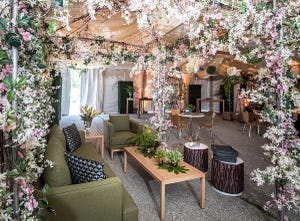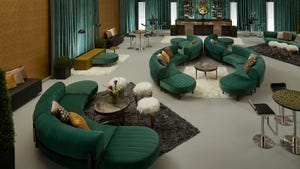Design & Decor
Dish of chocolate mousse
Event Trends & Style
Pantone Releases 2025 Color of the YearPantone Releases 2025 Color of the Year
PANTONE 17-1230 Mocha Mousse will color our 2025
Subscribe and receive the latest insights & essential content in the special events industry.
Yes, it's completely free













































